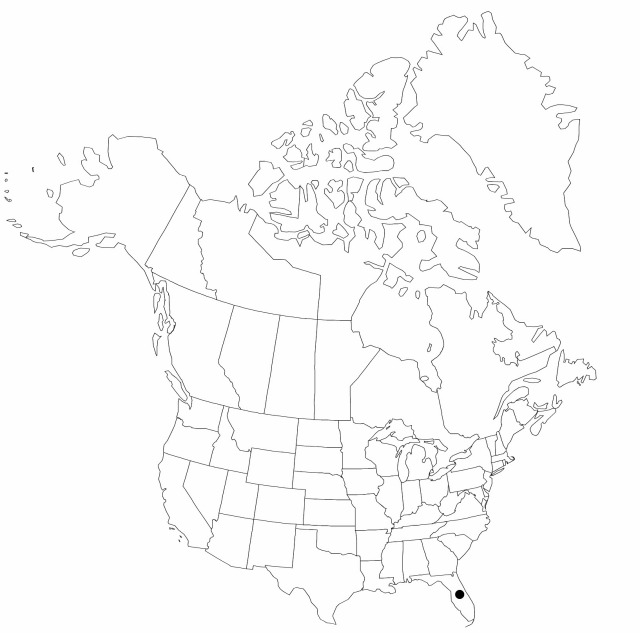Rhynchospora eximia
Linnaea 37: 601. 1873.
Plants perennial or annual, single or cespitose, (10–)20–50 cm; rhizomes absent. Culms spreading to erect, leafy, obtusely triangular. Leaves often exceeding inflorescences; blades narrowly linear, proximally flat, 1–3 mm wide, apex trigonous, tapering. Inflorescences terminal and axillary, clusters of 1–5 corymbs; leafy bracts much exceeding corymbs. Spikelets few to several, on ascending, stiff, short-to-elongate branches, red-brown to brown, lanceoloid, (5–)6–10 mm, apex acuminate; fertile scales many, ovate, shallowly convex, 5 mm, apex acuminate; midrib short-excurrent or not. Flowers: perianth absent. Fruits 1.5 mm; body dark brown to black, tumidly lenticular, nearly orbicular, 0.8–0.9 × 0.6–0.7 mm, margins grooved, discontinuous with tubercle; surfaces transversely wavyrugose, ridges of contiguous rows of vertical, linear, raised cells; tubercle broad, low triangular, 0.2–0.3 mm, crustaceous, base capping fruit summit, raised at ends, apex shortacuminate.
Phenology: Fruiting all year.
Habitat: Moist to wet sandy peaty swales, pond shores, depressions in savannas, moist waste areas
Elevation: 0–100[–1000] m
Distribution

Fla., Mexico, West Indies, Central America, South America, Africa.
Discussion
Rhynchospora eximia is often found at elevations from near sea level to over 1000 m in the tropics.
Selected References
None.
